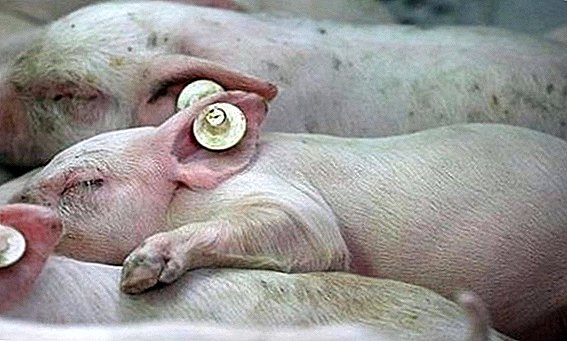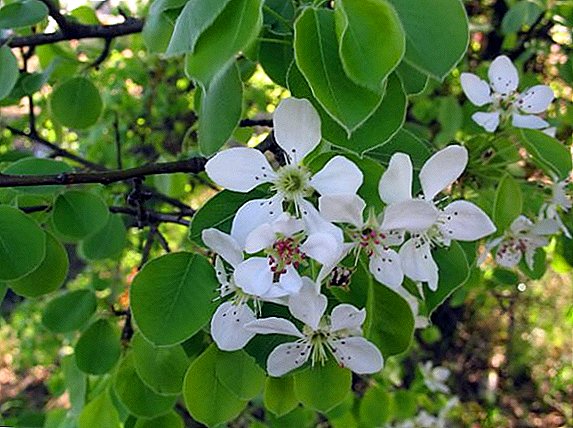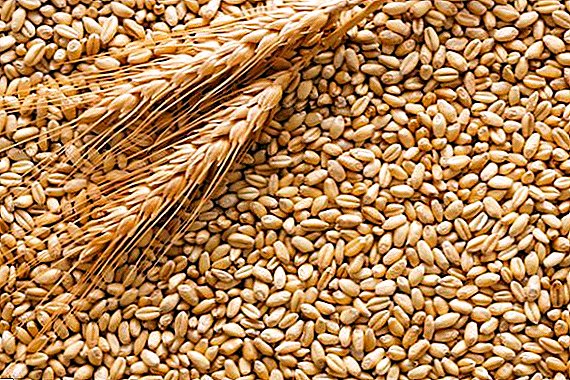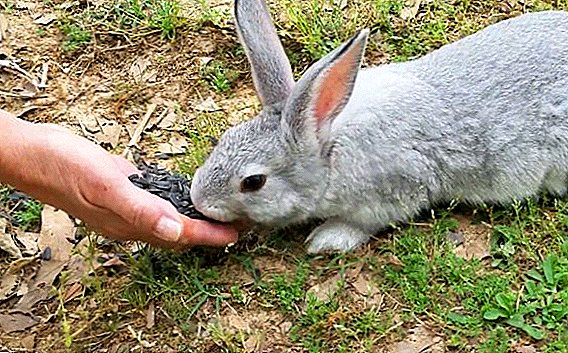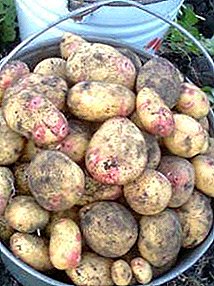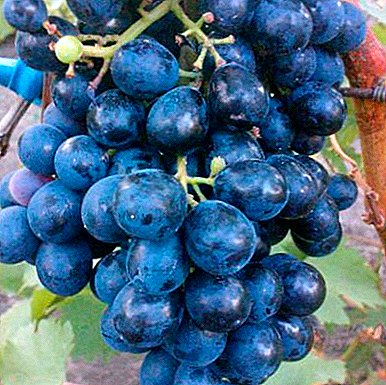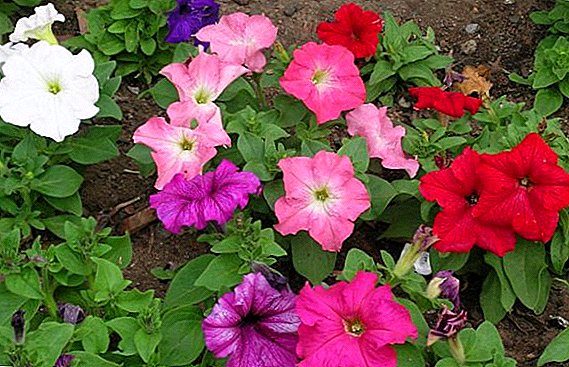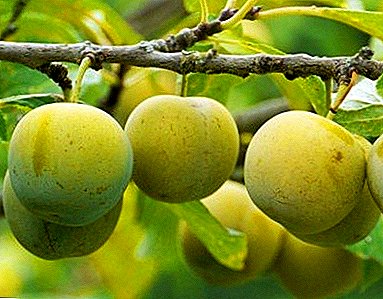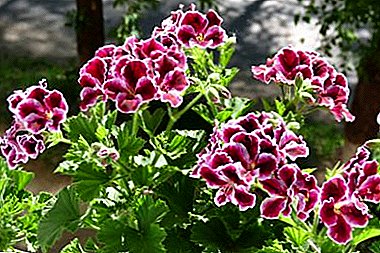
Geranium is one of the most common flowers, found in virtually every housewife or grower. It can be seen on the windowsills and balconies, the flower creates comfort and refines the territory.
But it happens that the plant becomes ill and ceases to please with its healthy appearance and flowering. What to do in this case?
Features
Pelargonium leaves do not need special care, they do not need to be regularly wiped from dust like a bastard. They differ in the usual form, with the first signal of improper care of the flower, problems with the root system or lack of trace elements. Thanks to them, you can immediately determine what is happening with the plant and what urgent help he needs to provide.
If you start taking measures in time, the flower will quickly recover. Otherwise, the plant needs to be transplanted into a new ground, or it will completely die (about the features of planting and transplanting pelargonium, read here).
Foliage problems and solutions
She rolls up
 Why are leaves curled or folded? This happens with improper care or lack of micronutrients. If you notice the problem immediately, you can solve it in a short time.
Why are leaves curled or folded? This happens with improper care or lack of micronutrients. If you notice the problem immediately, you can solve it in a short time.
- The leaves curl up below. - This is a sure sign of a lack of nitrogen in the soil. You need to use a special fertilizer.
Dilute the product according to the instructions, exactly following the specified proportions. The excess of the missing element will lead to disastrous consequences for the plant.
- Lack of light. Pay attention to where the pot is located with a flower and temperature. Geranium likes neutral temperatures. Therefore, provide it with diffused light, no drafts and access to fresh air.
- Pests. On the back of the leaves may appear small midges devouring the plant. In this case, it is necessary to remove the insects and treat the leaves with a solution made from soap or an insect repellent purchased at the store.
- Viral infections. Not only twisted leaves, but also ugly flowers that look like torn, testify to a viral infection. In this case, the plant can not be cured, but it must be quickly limited to other flowers.
Blushes
Why do the leaves turn red?
- Excess sunlight. The problem occurs in the spring and summer, when the sun behaves quite actively. To solve the situation, move the geranium away from the window and from direct exposure to the rays.
- Cold. If in the spring you expose the plant to the balcony, then on cold nights you need to bring them into the house. In winter, you need to clean the pot with drafts. But, do not put a flower near the heating elements. Geranium likes a neutral temperature.
- Fungal diseases. If in summer the plant is planted in open ground, it can become infected with a fungus that can be removed by treating the plant with a special agent. The plant should be limited from other flowers, so that the fungus does not move to other flowers growing in the pot.
- The lack of trace elements. Usually geranium leaves are covered with red spots when the plant lacks trace elements, namely iron. You can add it using a special bait or fertilizer.
Remember that it is impossible to fertilize a plant in winter more than once every two weeks.
Dries
Why is the foliage drying? This happens for various reasons.
 Pot. A cramped pot does not allow the roots to get the necessary amount of water and trace elements. The plant can not fully develop and function. Therefore, it should be transplanted into another pot, where there is a good drainage and water diversion system.
Pot. A cramped pot does not allow the roots to get the necessary amount of water and trace elements. The plant can not fully develop and function. Therefore, it should be transplanted into another pot, where there is a good drainage and water diversion system.- In the period of autumn-winter you need to switch to another system of care. During this period, the plant should be placed further from the cold and drafts. Reduce the amount of watering.
- Irregular watering plants. Despite the fact that geranium does not like abundant watering, it is necessary to carefully treat the irrigation system. The soil should be wet, but not flooded. A drainage system will save the roots from rotting.
- Excess light. Direct sunlight and a long light day have a bad effect on the flower. It must be set aside in a place where there is enough diffuse color, but there is no direct exposure to the rays.
Details about why pelargonium leaves turn yellow and dry and how to fix the problem, we told in this article.
We offer to watch a video about the causes of drying leaves of pelargonium and how to solve the problem:
Preventive measures
Preventive measures is proper care and feeding. The main points of care can be listed:
- Moisture. The plant loves wet soil, but it is not worth pouring it with water. It is necessary to provide a good drainage system and put a stand where excess water will flow.
- Temperature mode. In summer, the plant can be put on the balcony, the main thing is not under direct sunlight, preferably in the shade.
In winter, do not put the plant in drafts and placed near the batteries or heating systems.
- Fertilizer. It is better to fertilize a plant with mineral components in summertime when the flower grows stronger. This should be done every two weeks. And in winter, reduce the feeding to once every six to seven weeks. Details on how to water and how to feed pelargonium, can be found here.
- Inspect the plant regularly for pests or rotting plant parts. Immediately eliminate the causes of diseases. Learn more about the diseases and parasites of the plant, as well as about the prevention and control of them at home can be here.
We offer to watch a video about the prevention of diseases of pelargonium:
If you follow the rules of care, geranium will delight you with a healthy look and regular flowering. It is necessary to comply with the established mode of irrigation, put the plant, where there is enough sanctification, but it does not fall into direct sunlight. A simple care and attention allows you to keep the plant healthy.


 Pot. A cramped pot does not allow the roots to get the necessary amount of water and trace elements. The plant can not fully develop and function. Therefore, it should be transplanted into another pot, where there is a good drainage and water diversion system.
Pot. A cramped pot does not allow the roots to get the necessary amount of water and trace elements. The plant can not fully develop and function. Therefore, it should be transplanted into another pot, where there is a good drainage and water diversion system.
